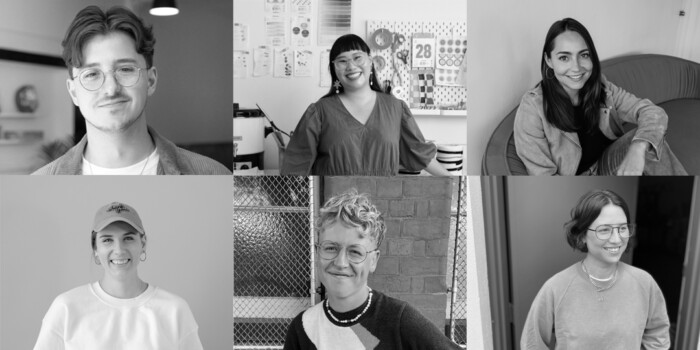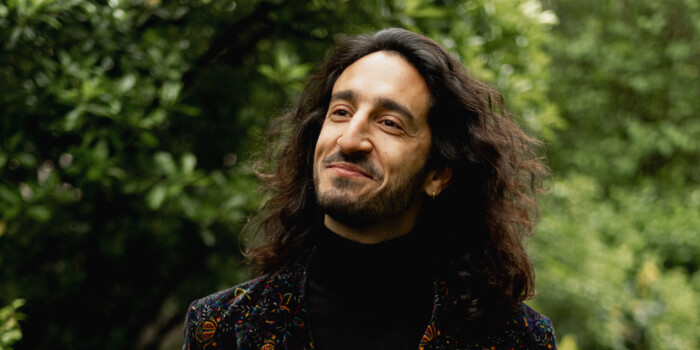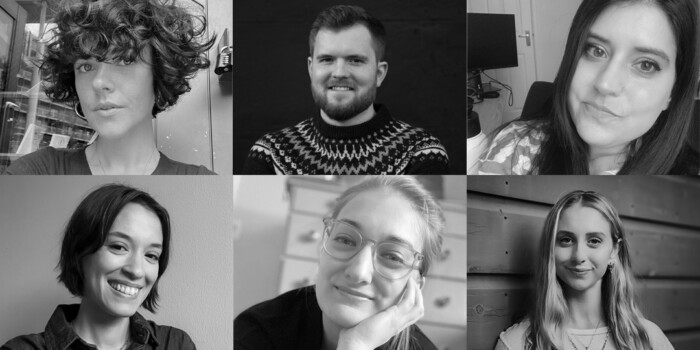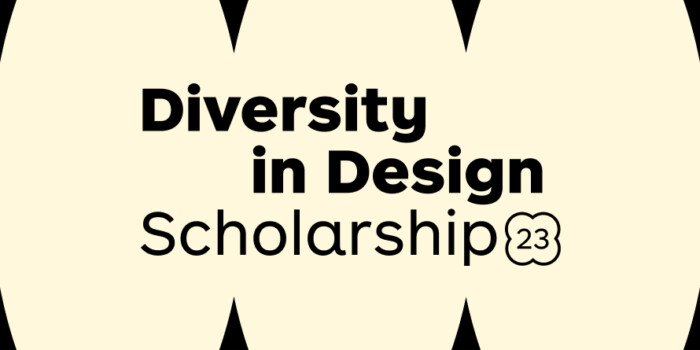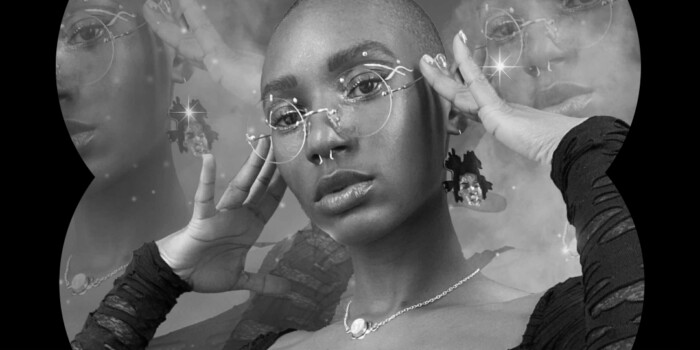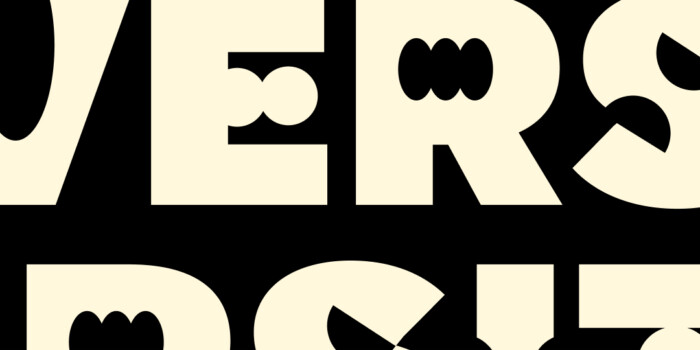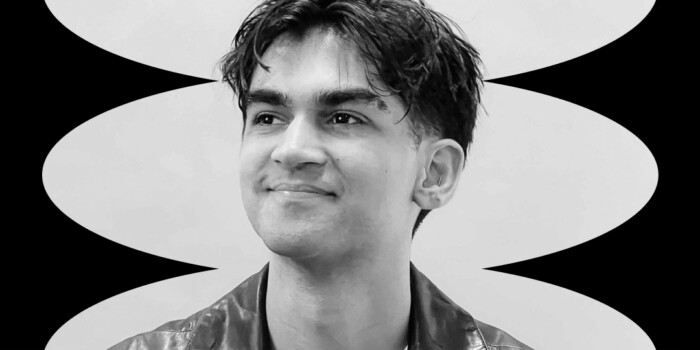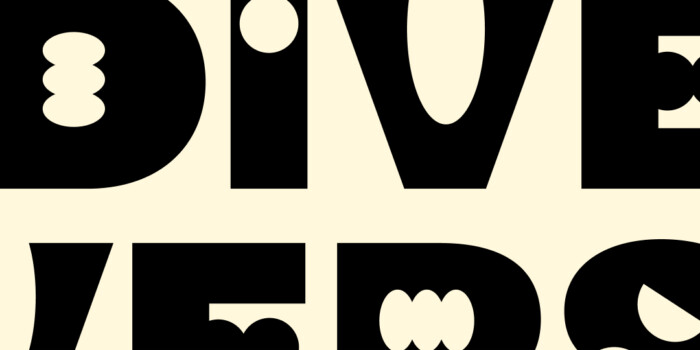2 Years Since Shillington London: Mason El Hage, Art Director at monopo
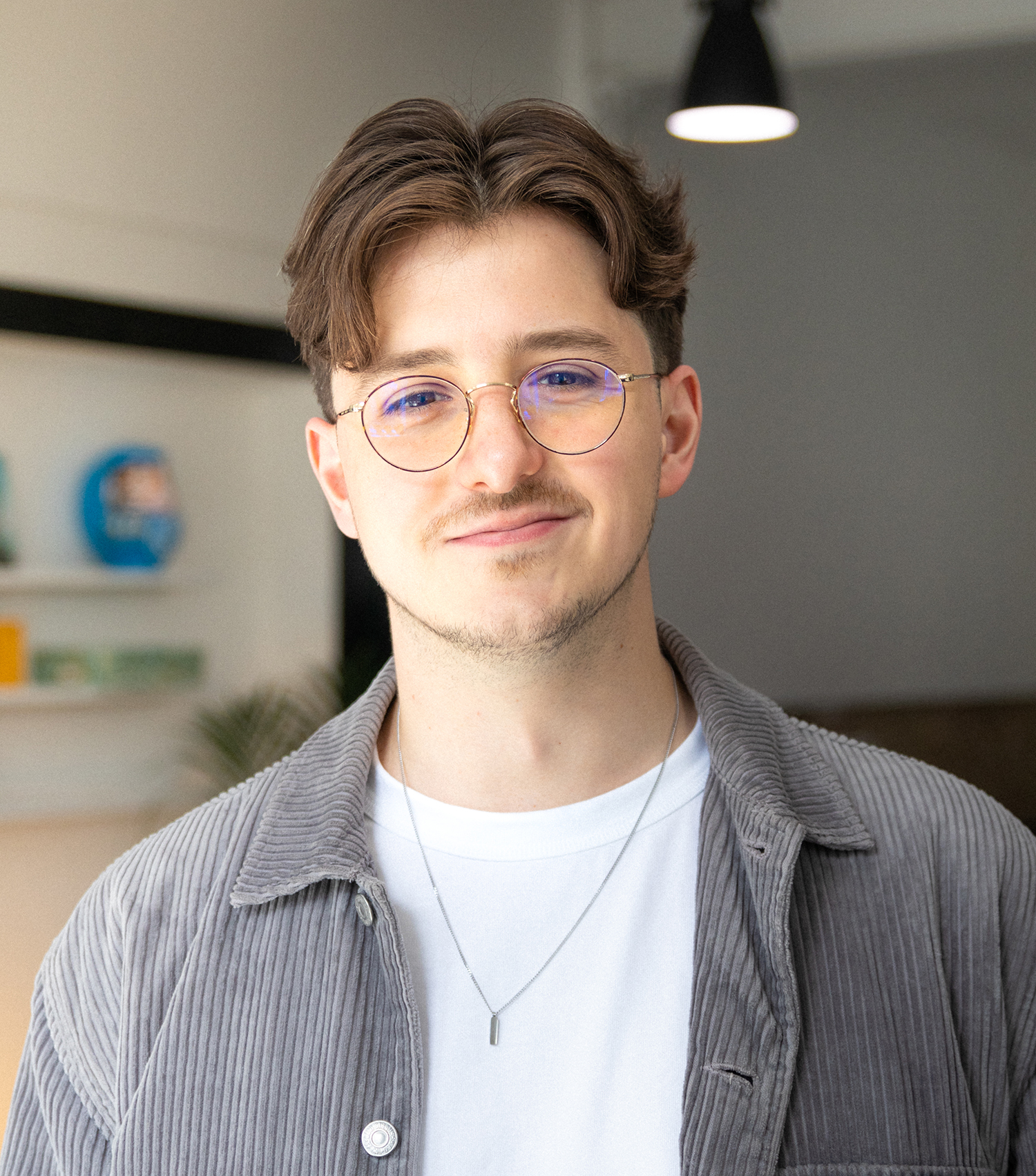
Back in early 2019, Shillington London graduate Mason El Hage was designing for London fintechs. Though, he always felt, despite a design degree, his skills were lacking and he wasn’t going to land his dream studio job. After chatting with a Shillington graduate on Instagram, Mason swiftly enrolled on our full-time graphic design course and had graduated by the end of the year. Though no one predicted what the following year would bring—Mason landed his dream studio job at monopo in the midst of a pandemic. 16 months later, he’s now working as monopo’s Art Director. We can’t wait to see what the future holds for Mason.
We caught up with Mason in late 2021 to talk about his Shillington experiences; why he chose the course, his favourite brief and more.
You studied at Shillington back at the end of 2019. Why did you choose our course? What made it stand out from the rest?
I came across Shillington while looking through the Instagram profile of a designer who’s work I really admire—Sylvan Hillebrand. This was back in early 2019, while I was already working in-house as a designer for a startup accelerator in London’s Old Street. I noticed on Sylvan’s profile that he’d studied at Shillington, and from there I began researching to find out exactly what the course was.
At this point I’d been working professionally in the industry for around 3 years, but wasn’t yet at a place where I felt 100% confident in my process and way of doing things. I knew for my next step that I wanted to make the transition to a studio or agency, but didn’t feel like my portfolio was strong enough.
Having done a lot of research on the course and having been to a grad show, I quickly realised the emphasis that Shillington put on both those aspects: process and coming away with a well crafted, industry standard portfolio.
That coupled with the fact that the course was only 3 months, essentially made Shillington the perfect fit for what I was looking for. I ended up applying for their summer scholarship program.

Before the course, you had already had a degree in digital advertising and design and a couple of years designing for fintechs. How come you wanted to head back into design education?
Throughout that time I spent working, it became very apparent to me that there were certain gaps in my knowledge that needed addressing. Things that I hadn’t been taught at university, and having worked as a freelancer or having been the only designer in a team, I’d never picked up off of others. I wanted to upskill in order to be fully confident in my ability before I made that transition into a studio environment.
I’m the type of person who benefits from being in the classroom in order to learn most efficiently. Of course you can follow online tutorials like everybody does, but to me nothing can beat physically being in the classroom in order to absorb information and apply it.
The environment that Shillington creates is designed to replicate the experience of working in a design studio, and to prepare you for that way—and intensity—of working.
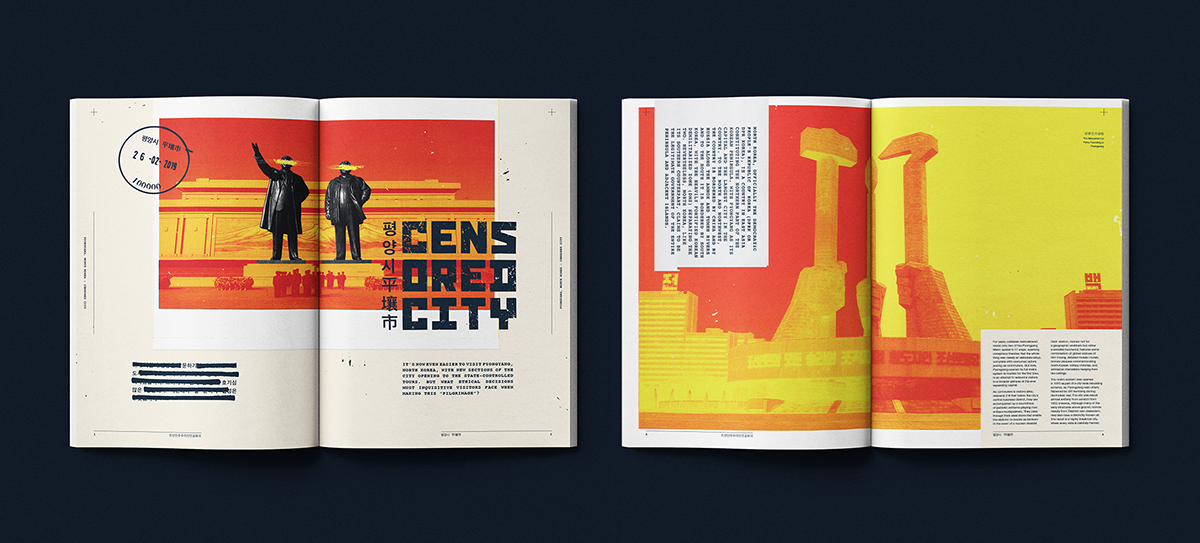
How did the Shillington course build on your existing skills?
I think what was lacking for me, was a process and a way of working that I could apply to multiple problem solving scenarios. Before graduating, I would find myself fumbling through design briefs without much clear direction. Surfing off of current design trends/looks that I would have saved across multiple Pinterest boards without ever really trying to think of original solutions that addressed the brief. My ultimate goal was to try and design something that looked nice or ‘cool’. Undoubtedly, creating something that is beautiful is still an aim I have when entering any design task, but having a clear concept and rationale behind my design decisions is just as, if not more, important to me now.
Shillington taught me how to think creatively and conceptually. It helped me get rid of years of bad habits, and instilled a belief in myself that I’d never had before.

You graduated just before the pandemic struck, what have you been up to since graduation? How’s your life changed after Shillington?
It was quite unfortunate timing for our Shillington class, as we graduated just before Christmas in 2019 and as soon as the new year came around Covid struck. It meant that a lot of the job opportunities we were going for were put on hold, and it became increasingly more difficult to find work amidst all the uncertainty. During the first lockdown I tried to maintain that forward momentum from the course by setting myself design-related challenges in order to continue developing my eye and furthering my software skills. For example, I set out to design a different poster every day for as long as the lockdown went on. This gave me the chance to experiment with aesthetics, techniques, and incorporate multiple influences without worrying too much about creating something to a client brief, or whether or not they all felt consistent. It was pure play. I posted these to my Instagram (@masonelh) every day for almost 100 days, and it ended up being what led me to my current company. Before the pandemic I had sent out some cold emails to agencies I wanted to/could see myself working at, and monopo had kept tabs on what I was up to. They ended up getting back in touch months after I’d first contacted them, and offering me a position. To summarise, my life has changed significantly since.
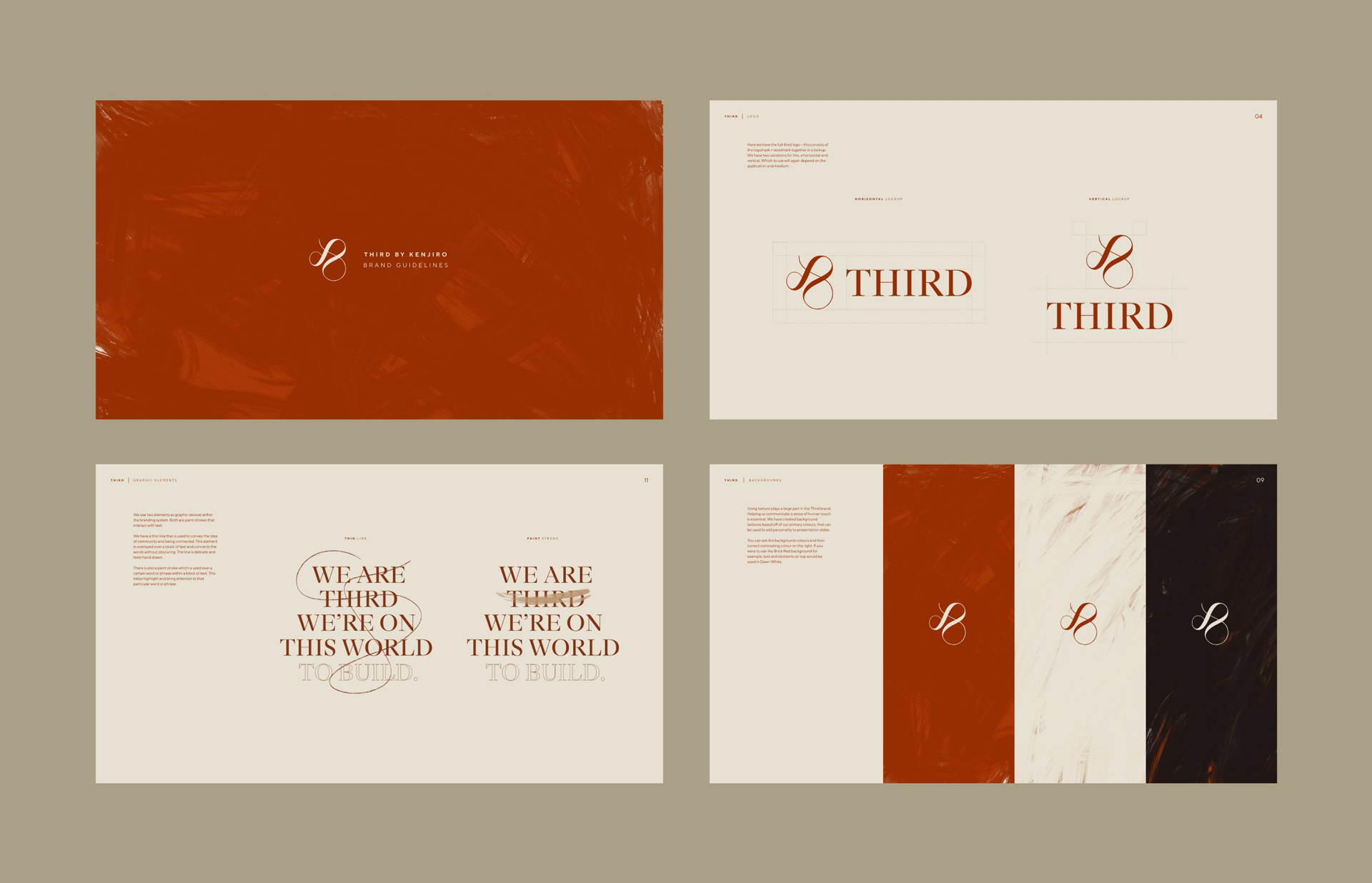
You’re now working as an Art Director for monopo. Can you tell us a little about your role and the studio?
Of course. It can be difficult at times to define exactly, but if I had to give us a label I’d say monopo is a creative studio. We work on a wide variety of projects that can range from websites, to branding, to writing and creating films or ads. We go from the concept stage all the way through to production and delivery. It’s quite broad and pretty all-encompassing, but to me that keeps things exciting. Our team is relatively small—since I’ve been there we’ve grown from four to seven people—but we pride ourselves on having a wide-reaching network of freelance talent that we bring in depending on which skill-set will be best suited to a particular project.
In terms of my role as Art Director, I get quite stuck into all aspects of that creative process. I’m usually tasked with producing concepts and setting initial visual directions for client briefs. Depending on the size of the project and how busy the studio is, I will then either work on the production and design side of the project, or take more of a traditional Art Director role in helping guide the team—or any freelance talent we’ve brought in—to ensure that visual direction is being executed as envisioned.
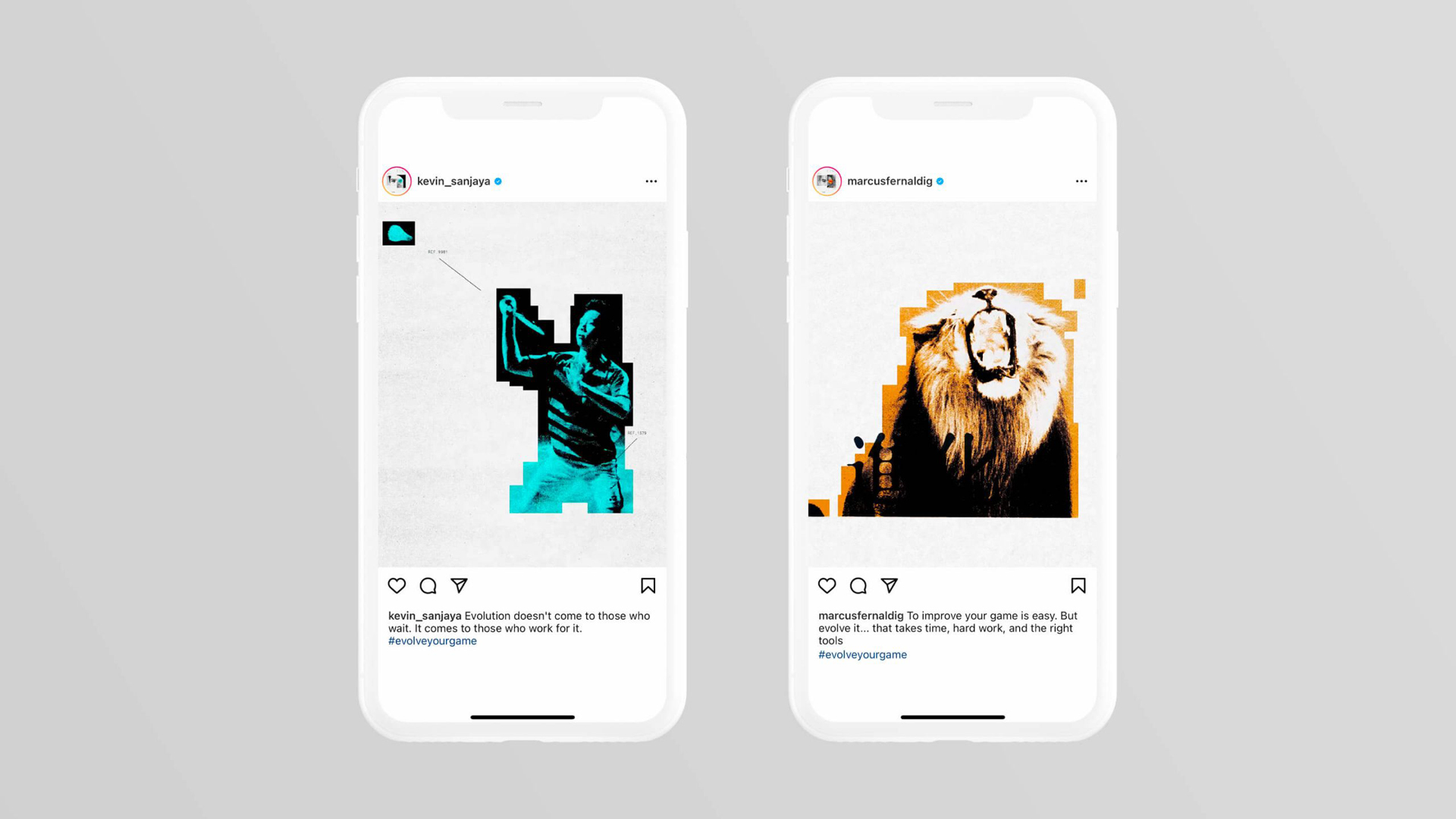
monopo started in Tokyo, and now has studios in London, where you work, and New York. What’s it like working with an international team? Do you work on projects across studios or does each studio have their own output?
Even though we all exist under the same monopo entity name, we definitely operate for the most part as separate studios. Sometimes projects or clients will run across studios, or we will work together on different aspects of a project, but generally speaking we work on our own things. For example, the London team might handle the concept and design aspect of a project, while utilising the team of developers in Tokyo, or having a producer from the New York office to liaise with the client, and help ensure everything is delivered to the predetermined timeline. As you can imagine, scheduling calls in a scenario like this is not easy when people are scattered across a range of timezones, so most of the time we keep things as simple as possible. We do try to keep everyone connected however, and have monthly meetings where we all gather in a Zoom and discuss what we’ve been up to that previous month.
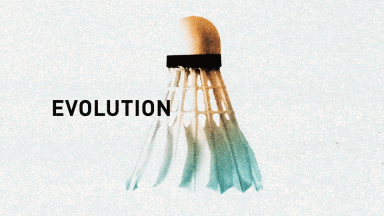
Thinking back to the course, did you have a favourite brief? Can you tell us a little bit about it and your processes?
I think out of all the briefs we worked on, it would have to be either the editorial brief, or the packaging brief that ended up being my favourite. Coming into the course I’d had almost no experience working with print (my university course was strictly digital) and, for some reason, I’d gotten the thought stuck in my mind that I just wasn’t going to enjoy it. I couldn’t have been more wrong. It opened me up to a whole other side of design that I’d never stepped foot in before. Working with editorial layouts ended up being one of the most enjoyable practices of the entire 3 months for me, and creating a physical product (for the packaging brief) that, at the end, you could actually hold was an extremely gratifying feeling.
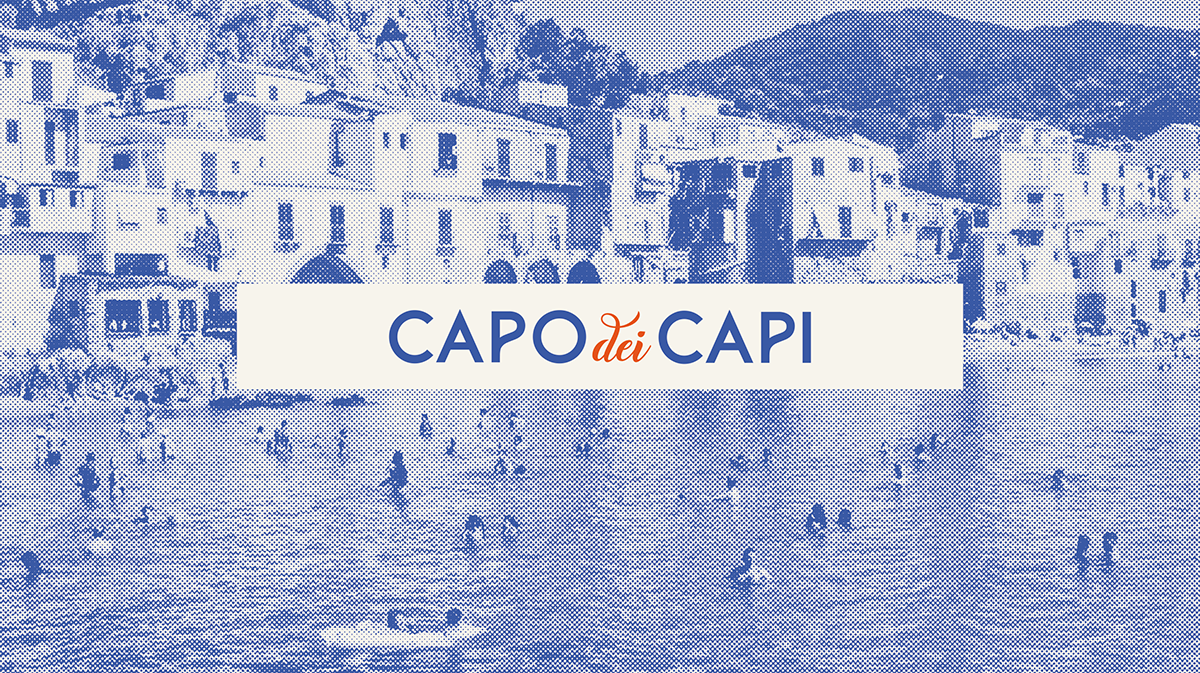
For the packaging brief, we were given two randomly generated categories which determined what the product would be and who our target audience was. I was given pasta as my product, and ‘style conscious millennials’ as my audience. I also happened to be in the midst of binging Peaky Blinders at that time, and it seemed to inspire the direction I ended up going in for my product. We were encouraged to think creatively about a story for our brand—far-fetched or realistic—and how that can potentially capture the imagination of your audience. The Kraken Black Spiced Rum was used as an example to demonstrate how a fictional backstory can add a lot of personality and depth to a brand.
Because the product was pasta and I was being influenced by Adrien Brody’s character in Peaky Blinders, naturally I was drawn to Italy for my backstory. I ended researching the origins of the mafia, their family hierarchy and began writing the backstory which then helped guide all of my design decisions. I called it Capo dei Capi—directly translated as ‘The Boss of Bosses’—which is the title of the highest ranking official in the hierarchy of a mafia family.

The goal of this project was to create a brand that conveyed a certain attitude and swagger that would help this product differentiate itself from its market competitors and appeal to a more alternative audience. Using the hierarchy of the Mafia to personify the different types of pasta, I amed to create something that felt authentic to 19th century Sicily, while embracing its controversial origin story.
The Borfecchias—one of the founding families of the Mafia in 19th century Sicily—were forced to move to Chicago after a vendetta was placed on them for the murder of a rival family member. During the era of prohibition in America, the Borfecchias used their links in Sicily to smuggle whiskey, gin and rum in crates of pasta across the Atlantic Ocean. A family pasta recipe that has been passed down through the Borfecchia generations.
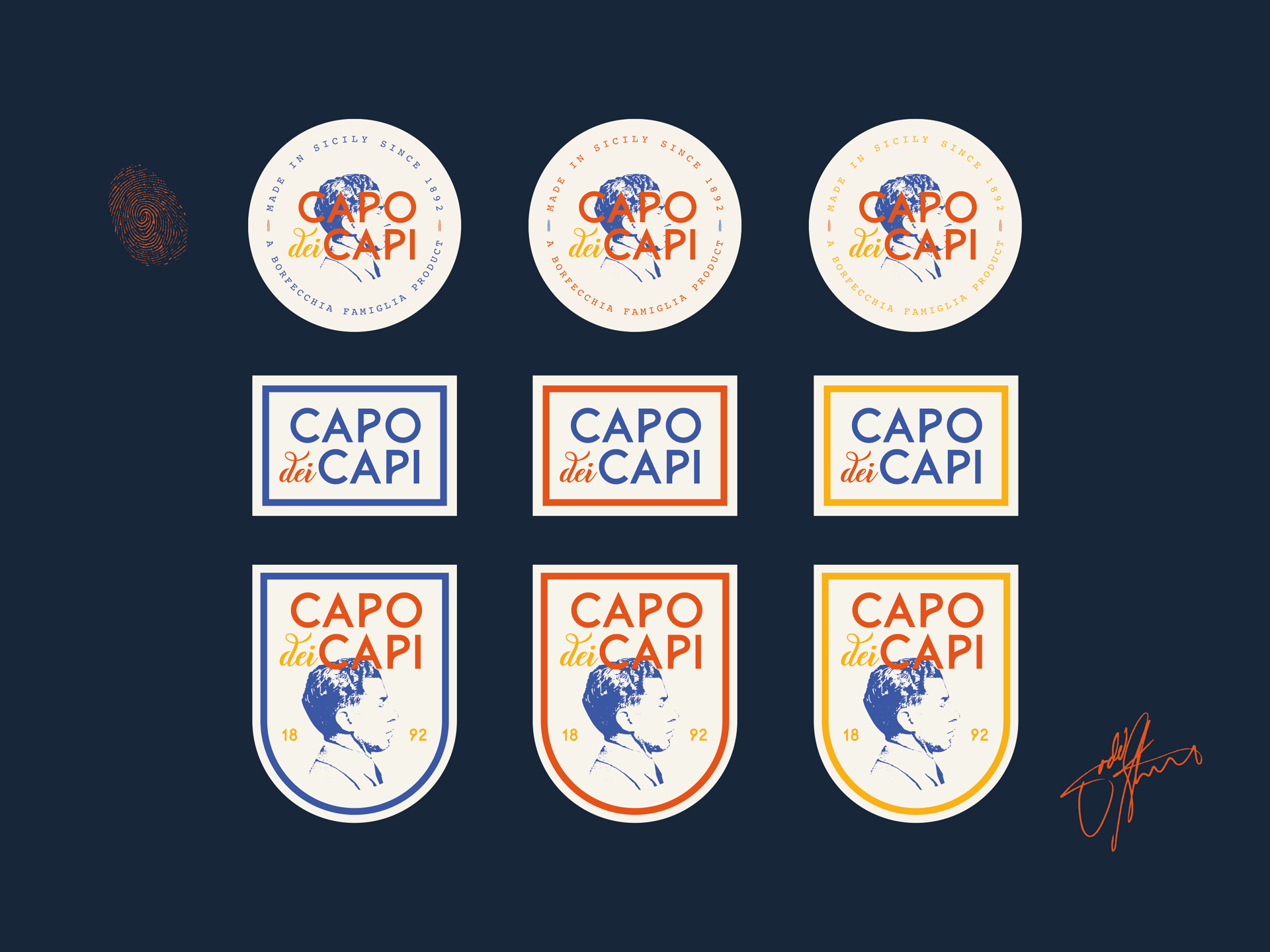
Two years after graduating, are you still in contact with anyone from the course? Have you worked with anyone you studied with?
Yes! Lots of them. We have a good crew that meet up from time-to-time at the pub, and we’re all still in regular contact. I made plenty of new friends during the 3 months.
I’d say this was one of the best takeaways from the course: Getting to meet all these other people who are in a similar situation to yourself, and building connections with them.
You all have to overcome the same obstacles, and having those other pairs of eyes to help you—whether it be advice on a piece of work or something else—was invaluable. It also meant that when we all graduated, we had a network of individuals in a similar position who could help each other out. In terms of working with any of them, sadly, that is yet to happen. Although it has come close on a few occasions via freelance opportunities, unfortunately the timings are yet to work out.

What’s your design future looking like? What would you like to accomplish in the next few years?
Honestly, your guess is as good as mine. I’m trying my hardest to keep my head down and stay focused on creating work I’m proud of here at monopo. I think we have a great project for such a young studio, and I’m really happy with what we’ve been creating and putting out since I joined.
What would you say to someone who is sceptical about the Shillington course?
I understand that everyone’s situation is unique, but if you find yourself needing a change, following a passion or are even looking to upskill on existing knowledge, then I’d say go for it. It’s so much more than just a 3 month design course, it’s very much an immersive experience. It’s by no means easy, and it will almost certainly become your life for the time you’re there, but you’ll come away with all the tools necessary to succeed in what may very well be the start of a brand new career.
It’s also worth noting that you’ll meet some amazing people: students, teachers, and industry folk. It very much was a life-changing experience for me, and I’d recommend it to anyone who is considering enrolling.
Huge thanks to Mason for sharing his story and work with us. Make sure to check out his website and follow him on Instagram.
Want to follow in Mason’s footsteps? Learn more about Shillington’s 3 month full-time and 9 month part-time courses Online or on campus in New York, London, Manchester, Sydney, Melbourne or Brisbane.
Want to win some amazing prizes and stay in the loop with all things Shillington? Sign up to our newsletter to automatically go in the draw.
